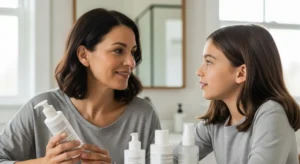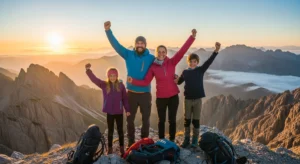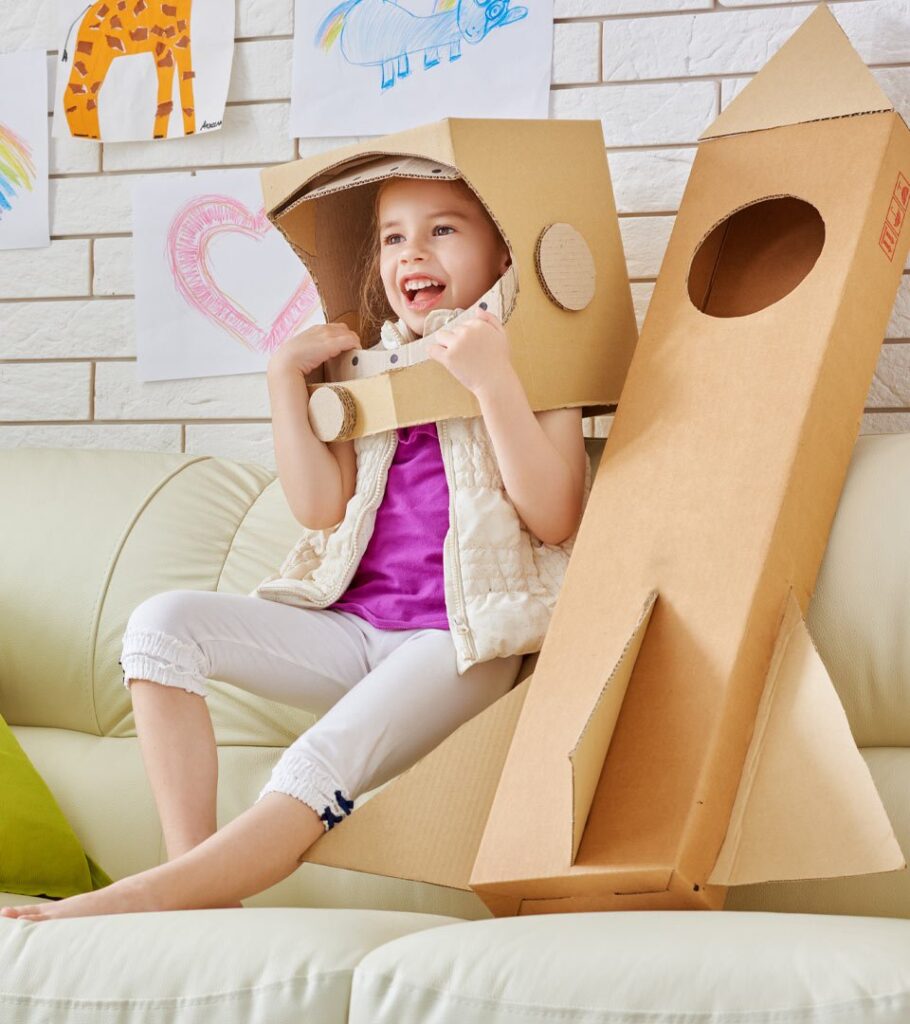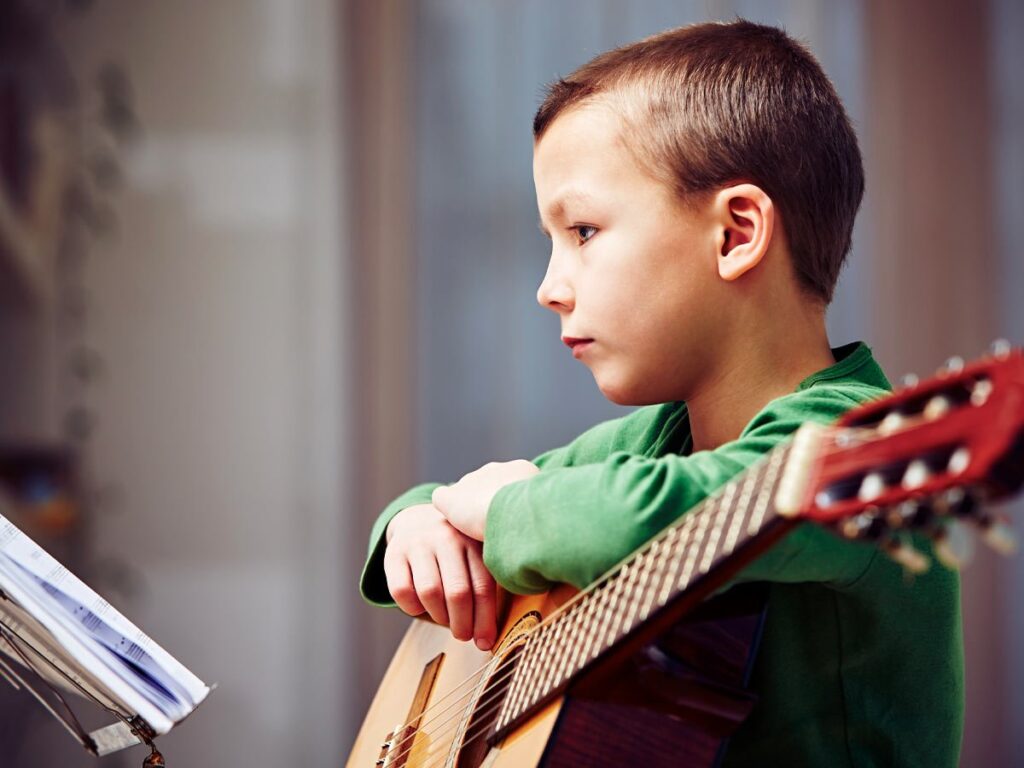If you’ve noticed your tween suddenly requesting expensive anti-aging serums for their birthday or spending hours on TikTok watching skincare routines, you’re not alone. The “Sephora kids” phenomenon has taken the parenting world by storm in 2025, leaving many High Country moms wondering how to navigate this complex new territory. Let’s break down what’s happening, why it matters, and most importantly, how to keep your child’s skin — and self-esteem — healthy.
What Are Sephora Kids?
The term “Sephora kids” refers to children, typically aged 8 to 13, who have developed an intense interest in premium skincare products and beauty routines typically marketed to adults. These tweens are flocking to beauty retailers like Sephora and Ulta, often with shopping lists featuring brands like Drunk Elephant, Glow Recipe, and The Ordinary — products that can cost anywhere from $30 to over $100 per item.
This isn’t just a passing trend. In 2023 alone, Gen Alpha tweens influenced nearly $4.7 billion in beauty and skincare spending, making them one of the most powerful consumer groups in the industry. Social media, particularly TikTok and Instagram, has fueled this obsession, with countless videos showing elaborate 10-step routines featuring products designed for mature skin concerns like wrinkles, fine lines, and age spots.
For High Country families, this trend presents unique challenges. While we value teaching our children self-care and personal responsibility, the Sephora kids phenomenon raises important questions about consumerism, age-appropriate choices, and the physical safety of young skin.
Why Should Parents Be Concerned?
The Skin Health Risks
Children’s skin is fundamentally different from adult skin — it’s thinner, more sensitive, and still developing. When tweens use products containing powerful active ingredients like retinol, vitamin C, alpha-hydroxy acids (AHAs), and beta-hydroxy acids (BHAs), they risk serious skin damage. Dermatologists from the American Academy of Dermatology warn that these ingredients can cause:
- Chemical burns and severe irritation
- Damaged skin barriers that take years to repair
- Lifelong allergies to certain ingredients
- Premature thinning of the skin
- Increased sun sensitivity and risk of sun damage
- Paradoxically, accelerated aging from inappropriate product use
One recent study found that young girls are using an average of six different facial products daily, with some using more than a dozen. The same research revealed that only a quarter of these routines included sunscreen — the one product dermatologists actually recommend for young skin.
The Mental Health Impact
Beyond the physical risks, the Sephora kids trend reflects and reinforces unhealthy beauty standards for children who haven’t even reached puberty. When 10-year-olds worry about “anti-aging,” we have to ask ourselves: what message are we sending about natural aging, self-worth, and beauty?
This obsession can lead to:
- Body dysmorphia and unrealistic beauty standards at increasingly younger ages
- Anxiety about appearance and aging
- Social pressure and fear of exclusion if they don’t participate
- Reduced self-esteem tied to physical appearance
- Unhealthy relationships with consumption and materialism
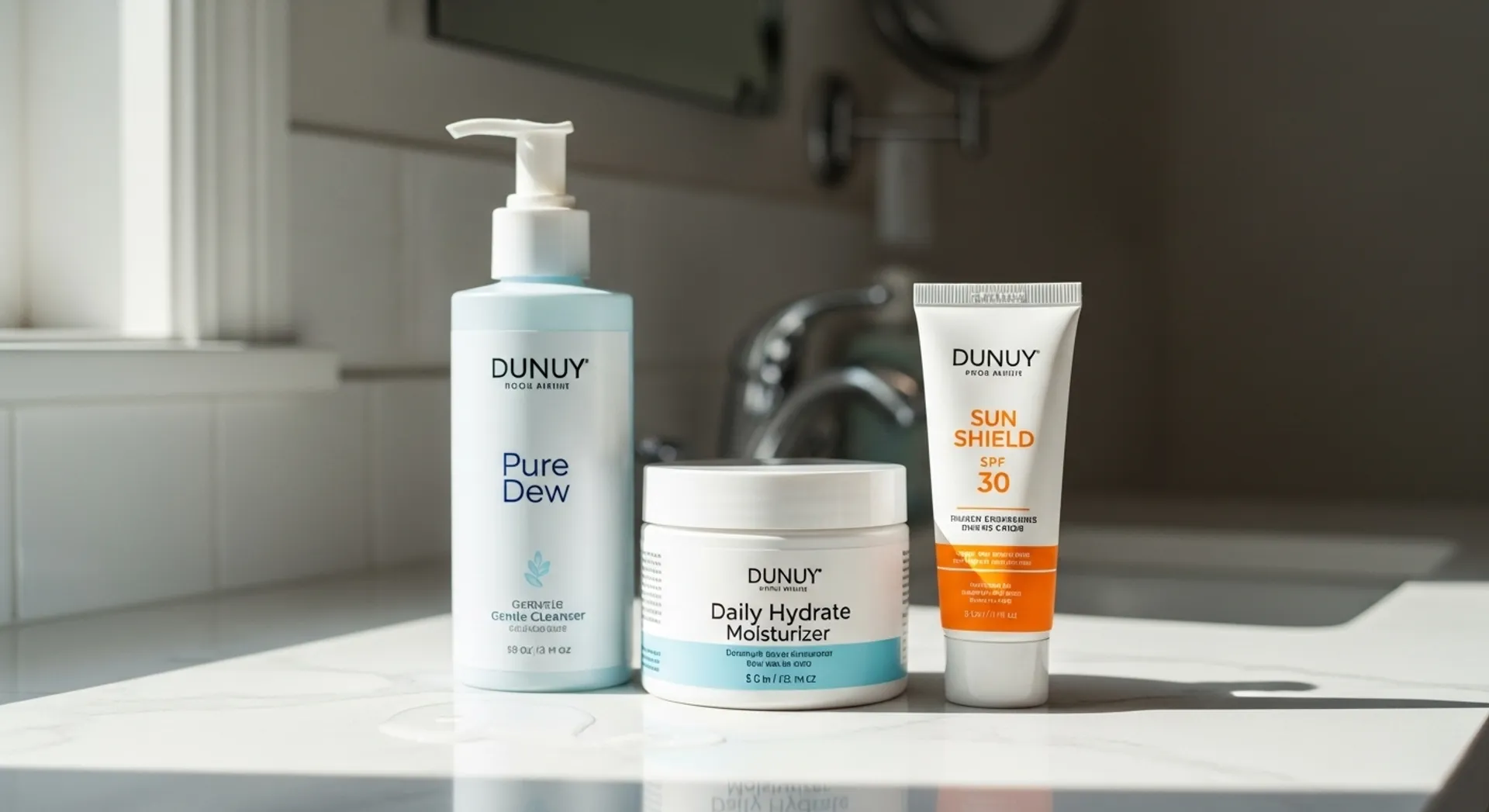
What Tweens Actually Need for Healthy Skin
The good news? Tween skin is naturally resilient, hydrated, and glowing. Most tweens need just three simple products:
A Gentle Cleanser
Look for fragrance-free, non-comedogenic cleansers with minimal ingredients. Brands like CeraVe, Cetaphil, and Neutrogena offer excellent, affordable options that won’t strip young skin. For High Country tweens who spend time outdoors skiing, hiking, or playing sports, a gentle cleanser helps remove dirt and sweat without over-drying.
A Light Moisturizer
Young skin typically produces plenty of natural oils, so heavy moisturizers aren’t necessary. A simple, fragrance-free lotion applied after cleansing is sufficient. Look for products with ceramides to support the skin barrier.
Daily Sunscreen (The Most Important Step)
This is the one non-negotiable. A broad-spectrum SPF 30 or higher protects against sun damage — the primary cause of premature aging. Given our beautiful High Country sunshine and outdoor lifestyle, teaching proper sun protection is essential. Make it a daily habit, rain or shine, especially during ski season when UV reflection off snow intensifies exposure.
That’s it. Three products. No serums, no acids, no retinol, no $80 anti-wrinkle creams.

How to Navigate the Sephora Kids Trend at Home
Start With Education, Not Restriction
Rather than simply saying “no,” help your child understand why certain products aren’t appropriate for their age. Explain how their skin works, what it actually needs, and how adult products can cause harm. Use this as an opportunity to teach critical thinking about marketing and social media influence.
Consider watching Dr. Brooke Jeffy’s Instagram videos together — she’s a dermatologist who specializes in tween and teen skin and creates age-appropriate content that educates without shaming.
Set Clear Boundaries
Establish family rules about skincare purchases. For example:
- All skincare products must be approved by a parent first
- Check ingredient lists together before purchasing
- Set a reasonable budget for personal care items
- Explain that trendy doesn’t mean necessary or safe
Redirect the Interest Positively
If your child is genuinely interested in skincare and self-care, channel that interest in healthy directions:
- Teach them about nutrition’s impact on skin health
- Emphasize the importance of sleep and hydration
- Create a simple, age-appropriate routine together
- Focus on skin health rather than appearance
- Encourage them to read ingredients and understand what they’re putting on their skin
Address the Social Pressure
Acknowledge that it’s hard when friends are participating in trends. Help your child develop responses to peer pressure and build confidence in making different choices. Role-play scenarios where they might feel excluded and practice assertive responses.
Consider connecting with other High Country parents who share your values. When multiple families take similar stances, it reduces individual children’s feelings of being “left out.”
The Bigger Conversation: Media Literacy and Values
The Sephora kids trend is a symptom of larger issues: social media’s influence on children, the commercialization of childhood, and early exposure to adult beauty standards. Use this as an opportunity to discuss:
How Algorithms Work
Explain how TikTok and Instagram show content designed to keep users engaged, not necessarily what’s true or healthy. Help your child understand that influencers are often paid to promote products.
Photo Filters and Reality
Discuss how filters and editing create unrealistic beauty standards. Point out that even the influencers they admire don’t actually look like their photos in real life.
Family Values About Beauty and Aging
Share your own relationship with aging, beauty, and self-worth. Model healthy attitudes by speaking positively about your own aging process and emphasizing inner qualities over appearance.
When Professional Products Make Sense
There are legitimate times when tweens need more than the basic three-step routine — specifically when dealing with acne or specific skin conditions. If your child is struggling with:
- Persistent acne that doesn’t respond to gentle cleansing
- Eczema or other skin conditions
- Excessive oiliness or dryness
The solution isn’t a $200 Sephora haul. Instead, consult with a pediatric dermatologist who can recommend appropriate, medically-sound treatments. Many skin conditions that appear in the tween years respond well to simple, affordable treatments when properly diagnosed.
Creating Healthy Self-Care Rituals
While we want to steer clear of the expensive, potentially harmful aspects of the Sephora kids trend, we can still honor our tweens’ growing interest in self-care. Consider these alternatives:
- Weekly face mask sessions using simple, natural ingredients (like honey or oatmeal)
- Mother-daughter spa afternoons with gentle products
- Teaching hair care and styling techniques
- Encouraging journaling or meditation as part of a self-care routine
- Taking advantage of High Country outdoor activities — hiking and fresh air are the best skincare
Moving Forward With Confidence
The Sephora kids trend will eventually fade, replaced by the next social media phenomenon. What won’t fade is the foundation you build now: teaching your child to think critically, value substance over appearance, and make healthy choices even when peers choose differently.
Remember, your tween’s skin is naturally beautiful. It doesn’t need fixing, anti-aging, or expensive interventions. What they do need is your guidance, education, and support as they navigate the complicated landscape of growing up in the digital age.
By addressing this trend thoughtfully — neither dismissing their interests entirely nor allowing harmful practices — you’re teaching lessons that will serve them well beyond their tween years. You’re showing them how to be informed consumers, how to question marketing messages, and how to prioritize true health over manufactured trends.
And that’s worth far more than any serum at Sephora.




